We Make Your Technology .

Microsoft Insights Assessment
Our free Insights Assessment gives you a clear view of Microsoft license waste, hidden risks, and opportunities to optimize — so your Microsoft investment actually works for your business.

Our Solutions
Find fixes for all sorts of common business problems below. If you’ve experienced it, we’ve probably seen it — so feel free to reach out when you’re ready to talk shop!

Managed Services
Streamline the user experience across multiple locations with Marco’s managed print, IT, and voice solutions.

IT & Security
Our experts can transform your tech from a source of stress to one of strength.

Copiers & Printers
We’ll help you choose the most efficient devices for your organization, and if you’d like, we can manage your entire fleet.

Phone & Collaboration
Empower in-person and remote workers with new, feature-rich phone systems and intuitive apps.

Digital Transformation
Powered by Business Process Automation, AI, and other smart solutions—that streamlines workflows, eliminates tedious tasks, and makes your business more efficient.

Audio Visual
Arm your team and business with leading edge audio visual integration.

Physical Security
Protect your people, assets and building with video surveillance and key fobs for secure entrance.
Strategic Partners
Technology Problems. Human Solutions.
Imaging
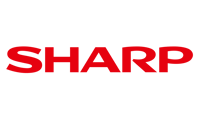



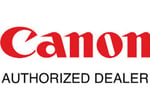

Imaging

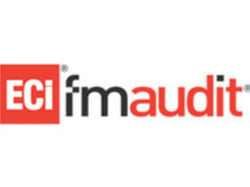
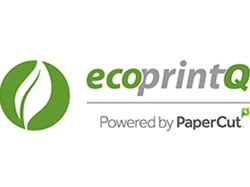

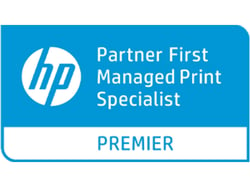
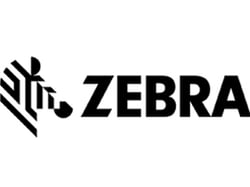
IT & Security





IT & Security




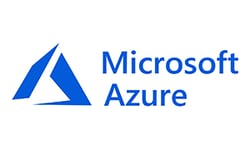

IT & Security


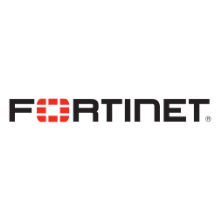

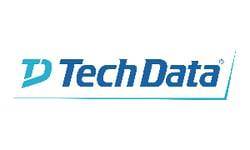
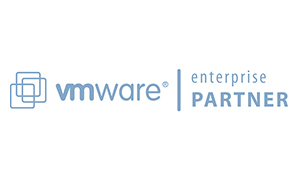
Audio/Visual
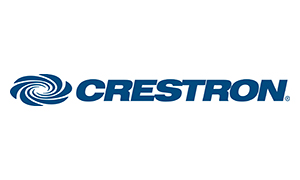
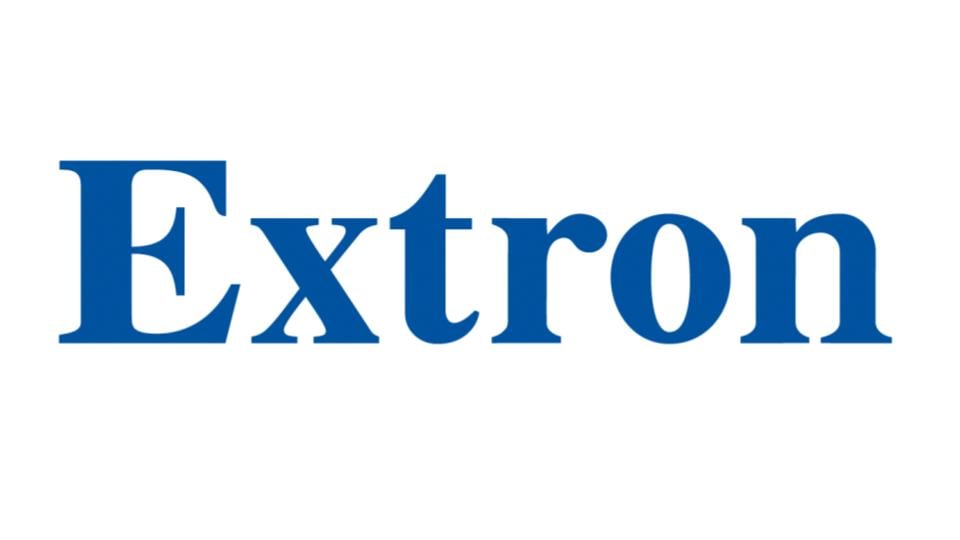

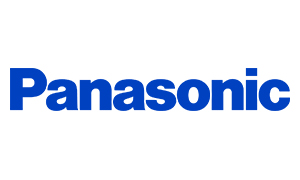

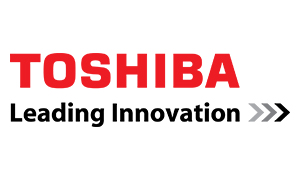
Phone & Collaboration



Our technology advisor was very helpful, understood what we needed and was able to come up with solutions and pricing geared to that.
Kristi Wohlleber, Director of Student Accounts and Accounts Payable
Iowa Wesleyan University

Marco was very thorough in their process for bringing a customer onboard to the cloud. They had all of the steps we needed to go through laid out. In our weekly meetings, we went through the checklist to ensure we knew who was doing what. And if we had a questions about any step in the process, they were very helpful in giving us feedback on the preferred method for doing things.
Scott Larson, Executive Director
Marshfield Area Chamber of Commerce and Industry

Marco has definitely streamlined our processes and improved our printer management, Knowing what’s going on with each machine helps me to be more proactive than reactive. That’s been key for us.
Kelli Zaremba, Branch Support Purchasing Specialist
Heights Finance Corporation
For Our Existing Clients
Access your dedicated client resources and support services.

Is Your Telecom Carrier Overcharging You?
Gartner reports that 85% of telecom invoices contain errors that typically cost their clients an additional 12–20% every month. If you suspect you’re being overcharged or your bandwidth isn’t keeping up, we can help! Our specialists will assess your current carrier services and suggest ways you can save — for free!